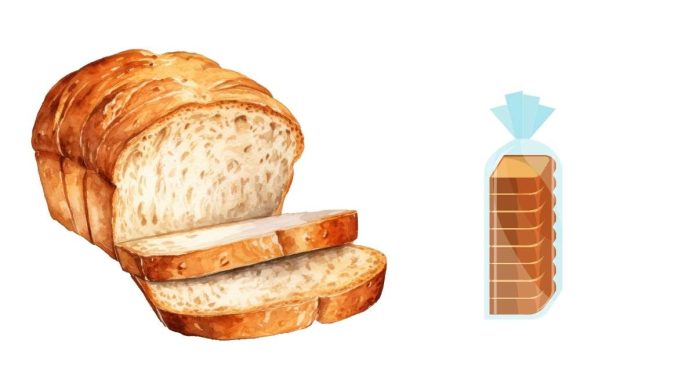The number of slices in a loaf of bread can depend on several factors:
- Type of Bread:
- Standard Sandwich Loaf: Most commercial loaves of white, whole wheat, or multigrain bread are designed for slicing into approximately 20-24 slices, including the end pieces (heels).
- Artisan Bread: Loaves such as sourdough or baguettes tend to be denser and often come in smaller sizes, leading to fewer slices (usually 10-16 slices per loaf).
- Specialty Loaves: Ciabatta, challah, or brioche loaves may vary widely in size and thickness, resulting in anywhere from 8 to 18 slices per loaf.
- Size of the Loaf:
- Loaves from a standard commercial bakery or supermarket are generally designed to fit into a standard-sized bread bag and are often around 1 to 1.5 pounds (450-680g). These typically yield 20-24 slices.
- Smaller loaves, like mini or dinner loaves, might yield fewer slices, usually between 12-16.
- Bread Thickness:
- The thickness of each slice can also affect the total count. Pre-sliced bread, for example, may have thinner slices (leading to more slices per loaf), while artisan breads or thick-sliced varieties have larger slices, reducing the total number.
- End Pieces (Heels):
- The two end pieces of the loaf are often counted as “slices,” though they’re sometimes not used for sandwiches and might be saved for croutons, breadcrumbs, or discarded.
- Homemade Bread:
- If you’re baking at home, the number of slices depends on the size of the loaf and how thick or thin you cut each slice. A standard homemade loaf (around 2 pounds) might yield 16-20 slices, but this can vary based on your cutting method.
In summary, a typical commercial loaf has about 20-24 slices, but the total count can fluctuate based on bread type, loaf size, and slicing method.


